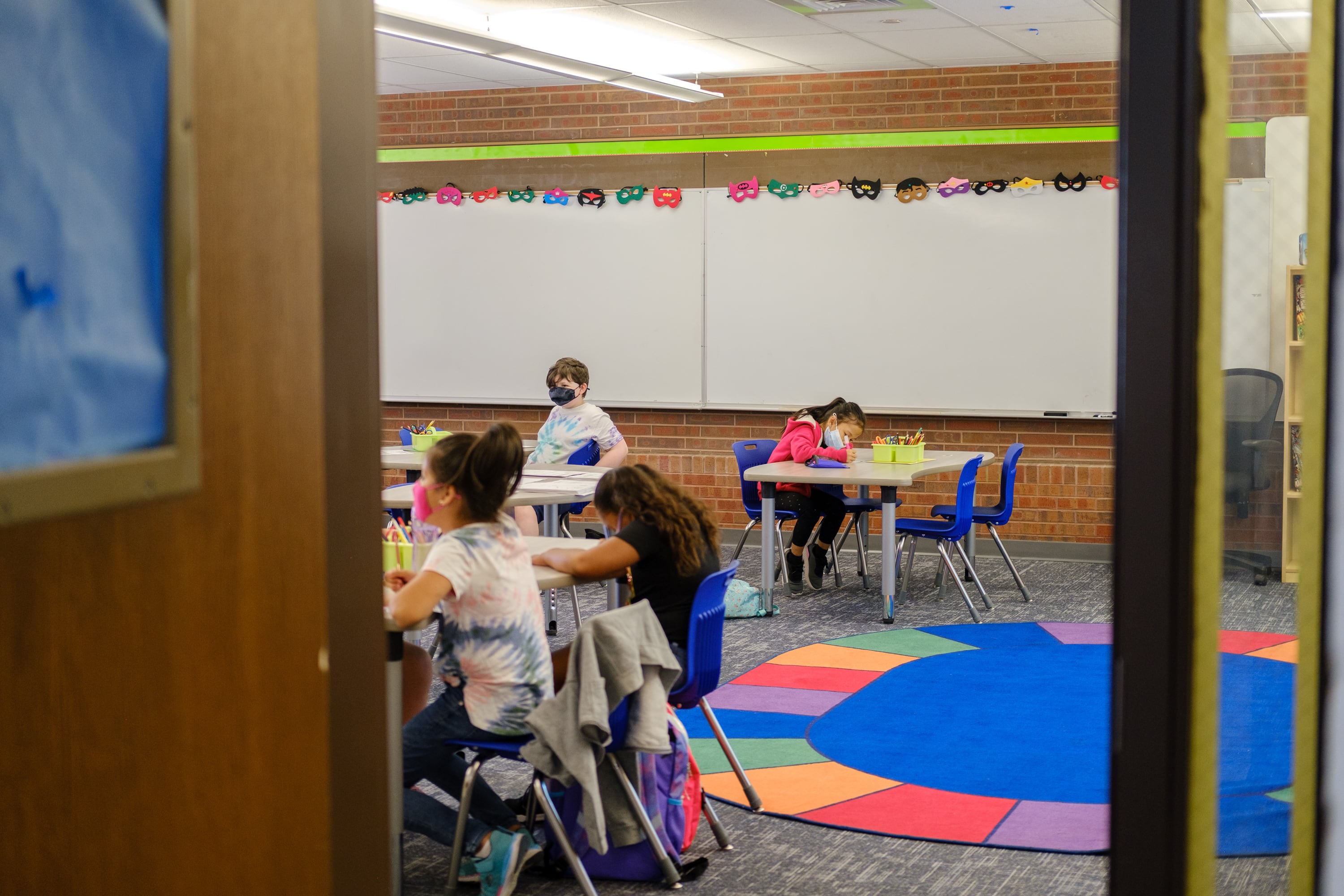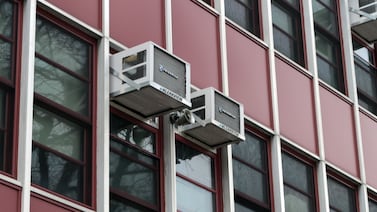It seems like a balanced equation: Schools need a lot of help, but they also have record sums of federal money to spend.
If only it were that simple.
Across the country, schools are struggling to spend their COVID relief dollars as quickly as planned. Their efforts are running up against a national labor shortage and supply chain issues, which are making it difficult to do things like hire tutors or renovate dilapidated buildings.
“We’ve got money we’d like to spend if we can get the personnel to be able to do so,” said Avis Williams, superintendent of Selma City Schools in Alabama. “Not being able to get the social workers so we can truly address the trauma and the needs that our families have has caused us to go slower than I would have liked.”
When the consulting firm Education Resource Strategies recently surveyed officials in 21 large school districts, nearly all said they were behind on their plans for spending federal dollars.
Plenty of money is still being spent, and school leaders say the funds have been critical to helping students recover. But the delays could have important political and educational consequences.
To some Republican lawmakers, the slower spending is a sign that schools received too much federal relief, a concern that may have played a role in Congress’ decision to scale back President Joe Biden’s proposed education budget. And where schools are unable to hire or make the purchases they want to, kids are going without the support officials hoped would come from the $190 billion in federal help.
“It’s been a case of ‘best laid plans,’” said Jonathan Travers, who works with school officials through ERS. “People moved forward with plans that presumed labor availability that wasn’t there, that presumed an ability to get additional hours from existing staff that they couldn’t get.”
Some schools just can’t find enough staff
Many school leaders wanted to help students recover from the pandemic by bringing on new people — especially tutors, school counselors, and teachers.
Finding them has been challenging.
In Jefferson County, Colorado, a suburban area outside Denver, chief financial officer Brenna Copeland says the district had wanted to hire family engagement liaisons to help schools work with parents. But officials realized they couldn’t fill many of the positions they had posted at the beginning of the year, much less hire more.
“There are so many vacancies in just the baseline wraparound support we’re trying to provide students already,” she said. “In the fall, we wanted to launch more things mid-year.”
The district also delayed a planned after-school tutoring program and wasn’t able to hire staff to provide extra support for students struggling in class.
Overall, Copeland said, the district will likely only spend 40% of what it initially budgeted for new federal funds for this year. The remainder will roll over into next year.
In Selma, Williams has run into the same problem. She wanted to hire 12 new part-time teachers to help students who are behind in reading; the district only found one. Williams also wanted to bring on up to five social workers, but she couldn’t find any.
“We need the personnel,” she said. “Despite our best efforts, we’re not able to fill them because of the workforce shortages that we’re seeing in our area.”
Some ambitious tutoring programs have also faced challenges getting enough tutors.
It’s hard to solve those problems with temporary funding, both because it takes time to attract people into new fields and because large pay raises aren’t sustainable.
Another option is to pay existing staff more to take on beefed-up summer or after school programs. Many schools have done that, but some have run into the reality that many teachers aren’t interested in adding anything to their plates.
“People are tired, and it’s difficult to find people at this point that are willing to trade whatever little precious time they have — with families and at home — for money,” Mark Cannizzaro, president of New York City principals union, told Chalkbeat in February. This has led some schools in the city not to serve as many students as they would have liked in a tutoring program.
This school year has also been taxing on many teachers, which could again limit summer school offerings.
Schools have been hit by supply chain challenges and construction backlogs
Schools also planned to use the money to purchase physical things, like additional technology or upgraded ventilation systems. The problem is schools are not the only institutions facing shortages. When schools look to sign a construction contract or buy new laptops, they’re encountering delays.
AASA, the school superintendents association, found that many of its leaders — over half in a survey — are worried that they won’t be able to use the funds for building upgrades “due to supply chain issues, labor and material shortages, and the current timeline and pace of these projects.”
Simply fixing school building windows to improve ventilation has been challenging, said Williams. “It’s just taken way longer than we would have expected,” she said.
Similar issues have cropped in school districts in Illinois, Michigan, North Carolina, and South Dakota.
“In my nearly 30-year career, I’ve never had an issue where we have money and can’t adequately spend it,” Grand Rapids superintendent Leadriane Roby said during a school board meeting. “Everybody’s running into the same issue.”
The slower-than-expected spending is a real challenge, but some have overstated the case, relying on an outdated federal portal to claim that only a tiny fraction of the money has been spent.
The spending difficulties also vary widely, and many districts got only modest amounts of federal money. Districts that got a lot — typically those that serve the highest concentration of students in poverty — may simply spread out their spending over more years than they initially expected. There’s still time: schools have through September 2024 to budget the last pot of funds.
Some are hoping that the federal government will extend that deadline. AASA has asked the U.S. Department of Education to do so for building projects.
The politics of this are dicey. Republicans opposed earmarking so much funding for schools, and Democrats may be wary of acknowledging that the money will take years to spend.
Regardless, some leaders realize they’ll have to reassess their plans and keep working to find the staffers they need.
“We are doing some hiring fairs and trying to be creative as far as how we are filling these positions that we have,” said Williams. “We’ve not given up yet.”
Matt Barnum is a national reporter covering education policy, politics, and research. Contact him at mbarnum@chalkbeat.org.





